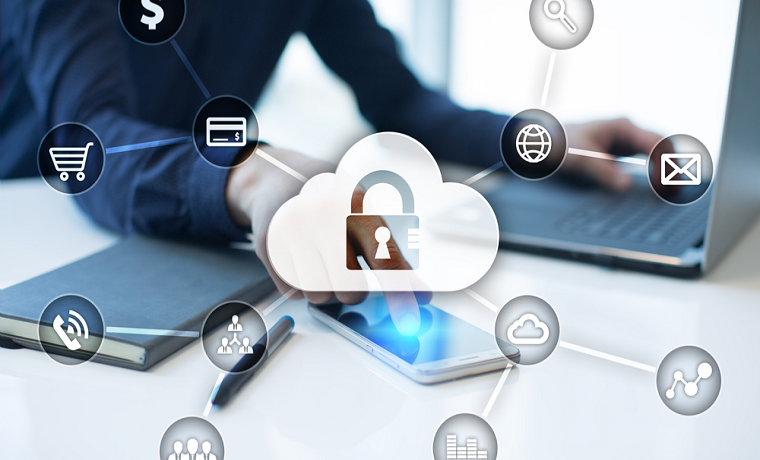Fraud prevention and data security remain important topics for business owners. Whether you are a sole proprietorship or a full-fledged corporation, you will need to work towards securing the personal information of your customers. Hackers always use the latest tools to steal sensitive data. If your business brings its guard down, then a data breach becomes even more likely. Especially if you are based in Australia, you will hear a lot of news about data breaches regularly. Most of the companies take help of integrated cybersecurity solutions in Australia to tackle such data breach situations.
Knowing the impact of a data breach on your reputation, protecting your customers from fraud should be your top priority if you want to focus more on growing your online store. It’s a good thing that there are several steps to keep customer data from falling into the wrong hands.
1. Use data encryption
If your business accepts credit or debit card payments, make sure that the information you are transferring is encrypted. Using the right data encryption tool, cardholder information becomes a jumbled mass of letters and numbers known as ciphertext. Even if a fraudster intercepts the information your customers send out, they won’t be able to decode what is actually underneath the ciphertext. Just be sure to monitor the performance of your data encryption and secure your encryption keys. This will give you an additional layer of security for keeping customer data safe.
2. Install and update firewalls
Firewalls are a mainstay in cybersecurity for the simple fact that they block unauthorized or suspicious users from accessing your private network. To maintain a robust defense against hackers, you may want to acquire a firewall service that aligns with your risk profile. Consider getting one that includes malware scanning and SSL encryption. Be sure to keep your firewalls up to date so they can work well against the latest security threats.
3. Use a secure way to capture personal information
Do you require customers to submit ID documents for verifying their identities? You might want to use a secure software service that won’t expose personal information or share them with third-party entities. Manually entering ID details isn’t always reliable. Apart from being inaccurate, this method increases the risk of leaking information to fraudsters. A better option is to use an ID scanning app that instantly captures ID information and stores it offline. This deprives fraudsters of any opportunity to steal sensitive data.

4. Train your staff on data security practices
Oftentimes, data breaches happen because of negligence, such as doing ict recycling incorrectly and leaving computers full of customer data exposed in scrapyards. Human error shouldn’t be a good excuse for a situation that involves large volumes of customer data. Most security breaches are preventable. It’s just a matter of educating your workforce on the importance of cybersecurity in today’s data-driven world.
Start by training your website and network administrators on security standards like the Payment Card Industry Data Security Standard and the General Data Protection Regulation. It’s also important to draft a set of rules employees must follow. These may include protocols on accessing their work accounts remotely. With well-trained staff, you can reduce the likelihood of a breach resulting from human error.
This year, don’t treat data security as an afterthought. Focus on protecting your customers online by using these essential tips.

